The lat pull-down is a popular strength training exercise that primarily targets the latissimus dorsi muscles, commonly referred to as the "lats." These muscles are located on the sides of the back and play a significant role in functions like shoulder extension, adduction, and internal rotation. The lat pull-down exercise is often performed using a cable machine or a specialized lat pull-down machine.
Incorporating the lat pull-down exercise into your workout routine offers several benefits for your upper body strength, posture, and overall fitness. Weak back muscles can contribute to poor posture and rounded shoulders. By regularly performing this exercise, engages multiple muscles in your upper back, shoulders, and arms, balanced upper body physique, increase your upper body strength and overall functional fitness.
Wide Grip

Muscles Targeted:
Primary: Latissimus dorsi (lats)
Secondary: Rhomboids, trapezius, biceps, rear deltoids
How to perform?
Sit down on the lat pull-down machine. Adjust the thigh pads so that your thighs are secured under them. Grasp the wide lat pull-down bar with a grip that is significantly wider than shoulder-width. Your palms should be facing away from you (overhand grip).
Sit up straight with your chest up and shoulders relaxed. Your feet should be flat on the ground or braced against any footrest provided by the machine.
Inhale and slightly arch your back while puffing out your chest. Pull the bar down towards your upper chest by engaging your lats. Focus on squeezing your shoulder blades together as you pull.
As you pull the bar down, aim to keep your elbows pointing downward and slightly outward. Keep your wrists in a straight line with your forearms.
Once the bar is close to your upper chest, squeeze your lats and hold the position for a moment. Feel the contraction in the outer portions of your back.
Exhale as you slowly release the bar back to the starting position, allowing your lats to stretch. Keep the movement controlled and avoid using momentum.
Tips:
Avoid using excessive momentum or swinging to perform the movement. Keep the motion controlled and deliberate.
Focus on engaging the target muscle group (lats) by consciously contracting them during both the pulling and releasing phases.
Use a weight that challenges you within your desired rep range while still allowing you to maintain good form.
Perform a proper warm-up before starting the exercise to prevent injury.
The wide lat pull-down is particularly effective for individuals looking to build width in their upper back and create a well-defined "V" shape. However, it's important to include a variety of lat exercises, including variations with different grips, to ensure balanced muscle development within the back.
Neutral Grip

Target muscles:
primarily targeting the muscles of the upper back, particularly the latissimus dorsi (commonly referred to as "lats"), as well as the biceps, rear deltoids, and middle traps. It also engages the muscles of the core and stabilizers to a certain extent.
How to perform?
Setup: Sit on the lat pulldown machine and adjust the thigh pads so that your legs are securely positioned underneath them. Grab the neutral grip handles (palms facing each other) with your hands slightly wider than shoulder-width apart. Sit down and make sure your knees are at a 90-degree angle.
Positioning: Keep your back straight and your chest up. Your shoulders should be slightly retracted (pulled back) and your core engaged. This posture will help you maintain stability throughout the movement.
Initiate the Movement: Start the movement by pulling your shoulder blades down and back. Then, engage your lats and initiate the pull by bending your elbows and pulling the handles toward your upper chest. Your upper arms should move parallel to your body, and your elbows should point downward as you pull.
Contraction: Continue pulling until the handles are just below your chin or at chest level. Squeeze your shoulder blades together at the bottom of the movement to fully engage your lats.
Controlled Release: Slowly release the handles and extend your arms back to the starting position. Keep tension on your back muscles throughout the descent. Don't allow the weights to slam down.
Breathing: Exhale as you pull the handles down and inhale as you release them back up.
Tips:
Avoid using momentum to perform the exercise. Focus on controlled and deliberate movements to ensure that your targeted muscles are doing the work.
Don't excessively arch your back or lean too far back during the movement. Maintain a stable and neutral spine.
Choose a weight that allows you to complete your desired number of repetitions with proper form. If you're just starting out, it's a good idea to start with a lighter weight to get the technique down.
Keep your grip relaxed, and avoid tensing your forearms and wrists too much.
Remember, if you're new to strength training or have any existing medical conditions, it's a good idea to consult with a fitness professional or healthcare provider before attempting new exercises to ensure they are safe and appropriate for your individual situation.
Narrow Grip

The Narrow Grip Lat Pulldown is another variation of the lat pulldown, This variation can help you develop overall upper body strength and build a well-rounded back.
Target muscles:
It is an exercise that targets similar muscle groups as the wide grip version but places more emphasis on different areas of the back and arms. It primarily targets the lats, teres major, rhomboids, biceps, and rear deltoids.
How to perform?
Setup: Sit on the lat pulldown machine and secure your legs under the thigh pads. Grab the narrow grip handles (palms facing you) with your hands closer together than shoulder-width apart. Make sure your grip is comfortable but secure.
Posture: Sit up straight with your chest out and your shoulders slightly retracted (pulled back). Your back should be in a neutral position, neither overly arched nor rounded.
Starting Position: Start with your arms fully extended, holding the handles. This is your starting position.
Initiate the Pull: As you exhale, pull the handles down towards your upper chest by bending your elbows. Focus on using your back muscles, especially the lats, to initiate and control the movement. Your upper arms should move down and back alongside your body.
Contraction: At the bottom of the movement, when the handles are close to your upper chest, squeeze your shoulder blades together and pause for a brief moment. This helps engage the targeted muscles more effectively.
Return to Starting Position: Inhale as you slowly release the handles and allow your arms to extend back to the starting position. Maintain control throughout the movement.
Breathing: Exhale during the pulling phase and inhale during the release phase.
Tips:
Avoid using momentum or jerking movements to pull the handles down. Focus on a smooth and controlled motion.
Keep your elbows pointing downward and close to your body throughout the movement.
Maintain a stable and neutral spine position. Avoid excessive arching or rounding of the back.
If you're new to this exercise, start with a lighter weight to ensure proper form and prevaent straining your muscles.
Engage your core muscles throughout the movement to provide stability and support to your spine.
Remember that proper form is crucial to prevent injury and ensure you're targeting the intended muscles effectively. If you're uncertain about your technique or have any concerns, consider working with a fitness professional to receive guidance and feedback.
MIKOLO 5pcs Lat Pulldown Bar Combo
MIKOLO Cable Machine Attachments more comfortable than a standard round handle as it disperses the force of the back exercise throughout the entire hand, not just the fingers. This takes the focus off gripping the lat bar and allows the user to focus on the targeted muscle group without prematurely ending your set due to grip failure. With its unique palm support, these grips keep the wrist in a partial state of flexion at all times. In this position, the line of force will pass through the proximal phalanx, the most efficient and less fatiguing grip position.











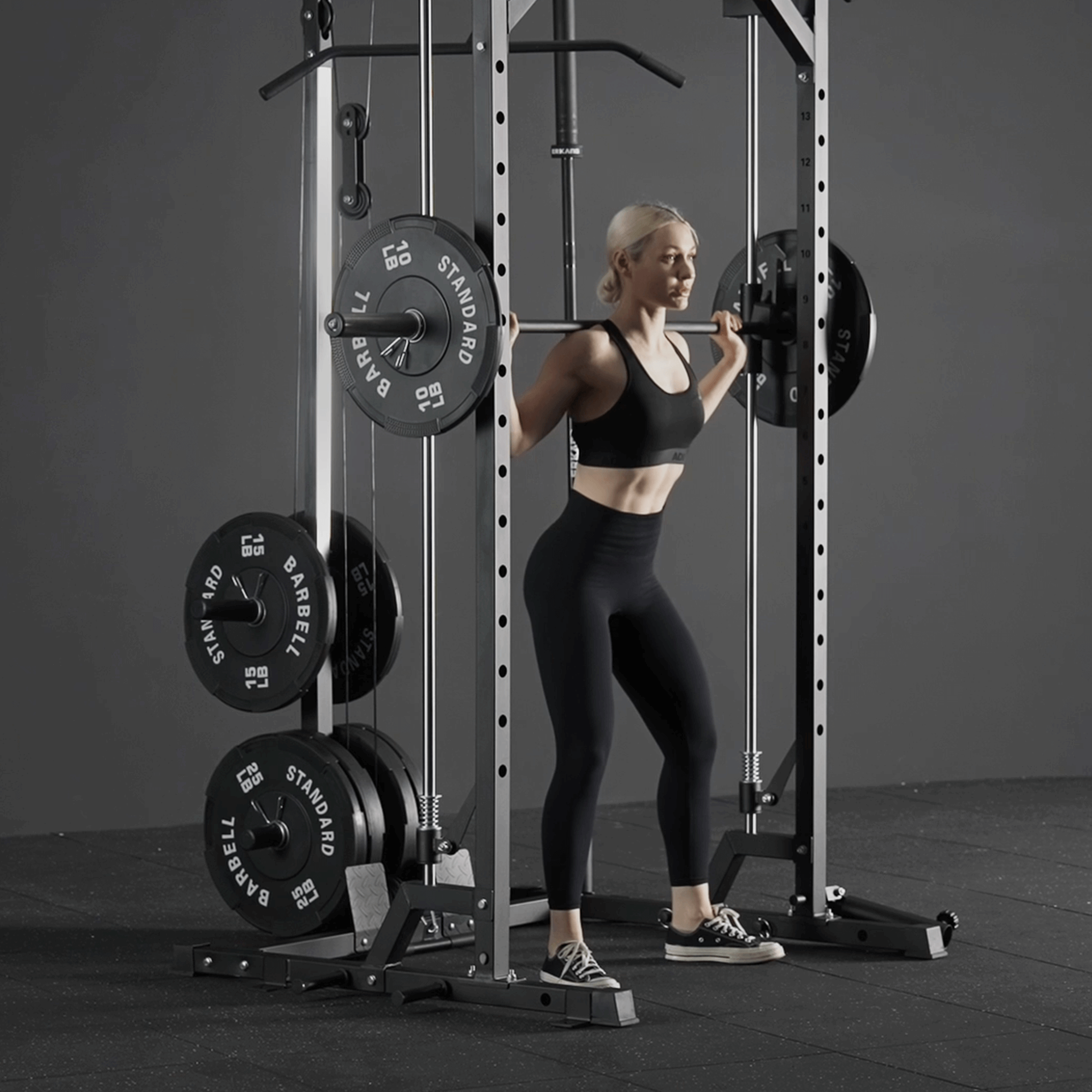






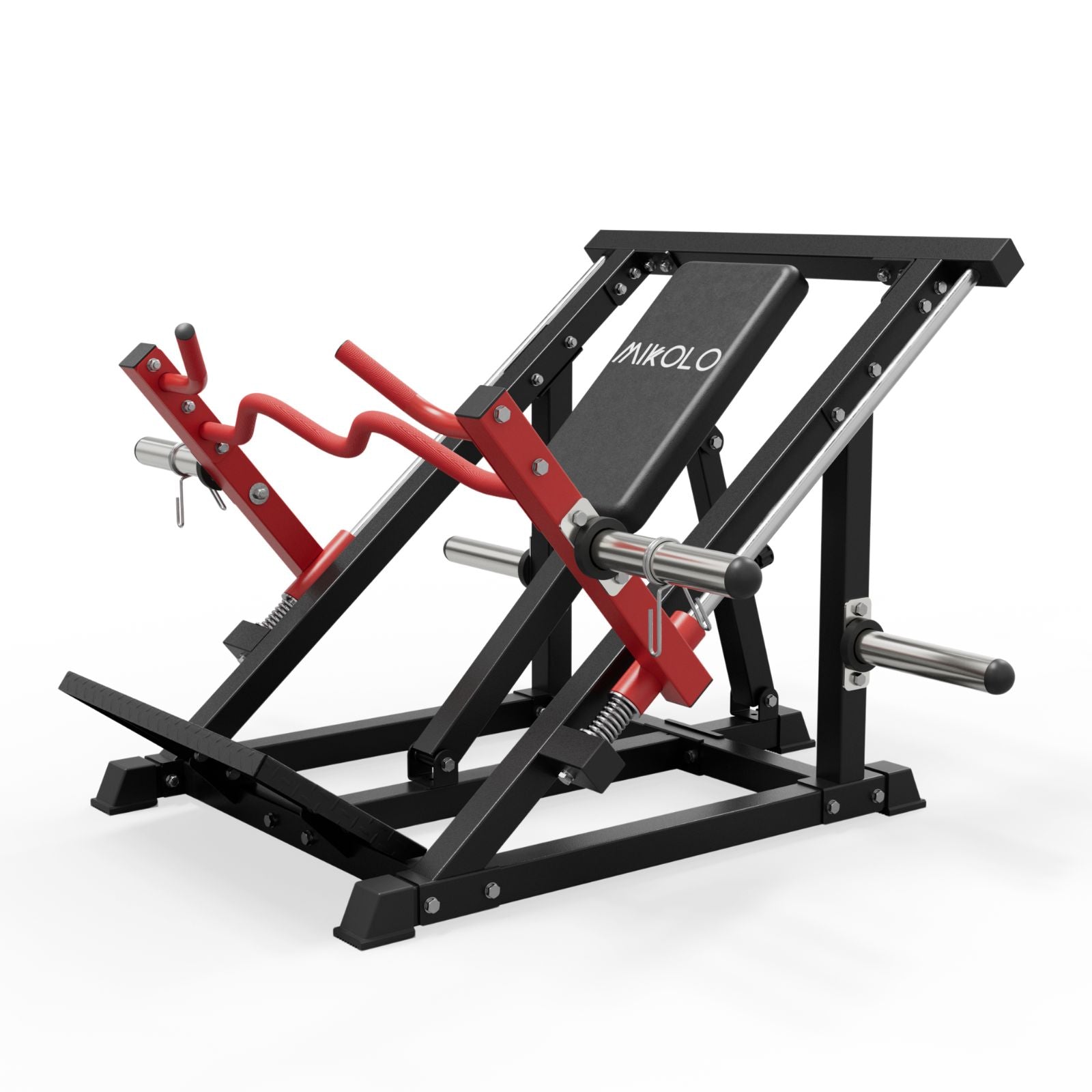

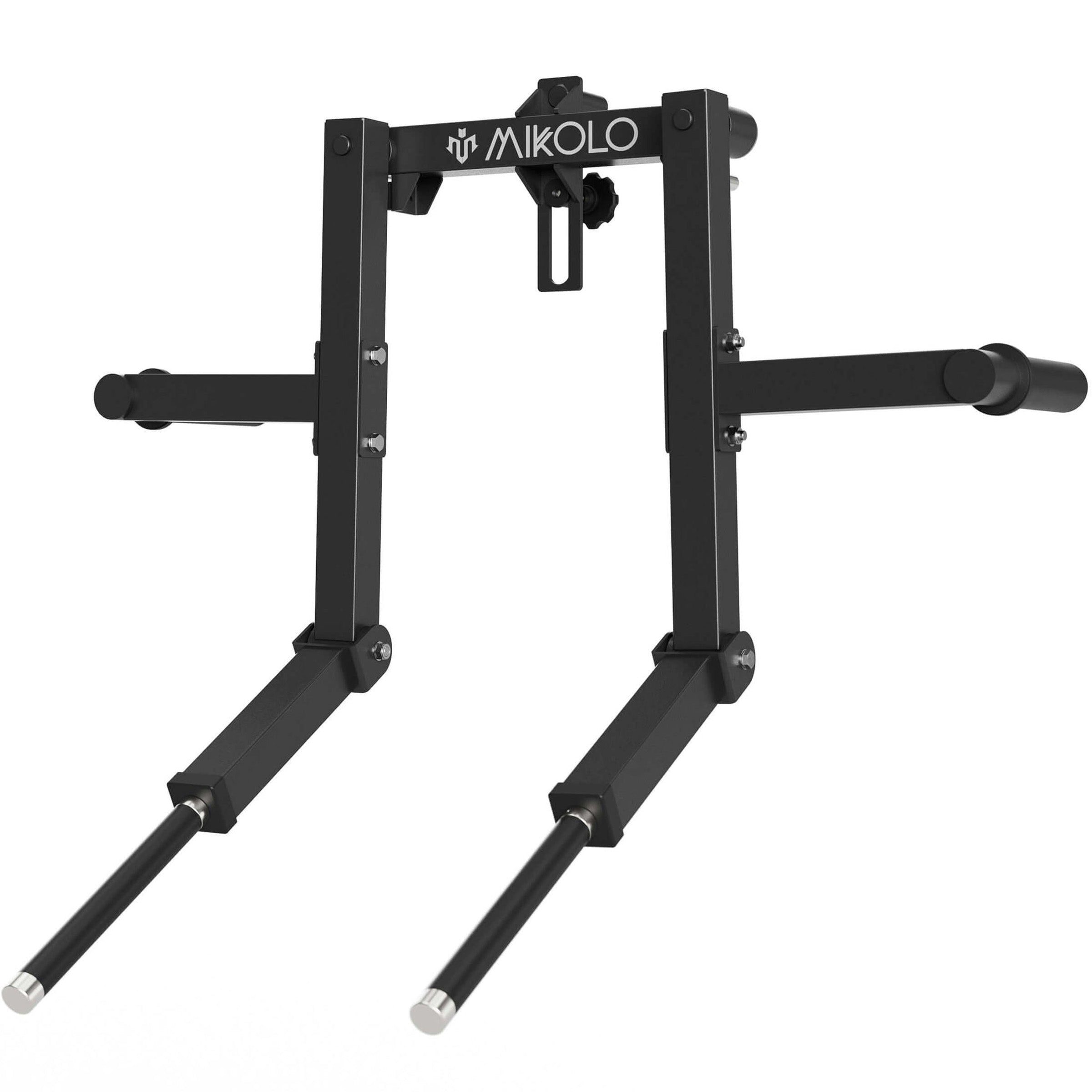
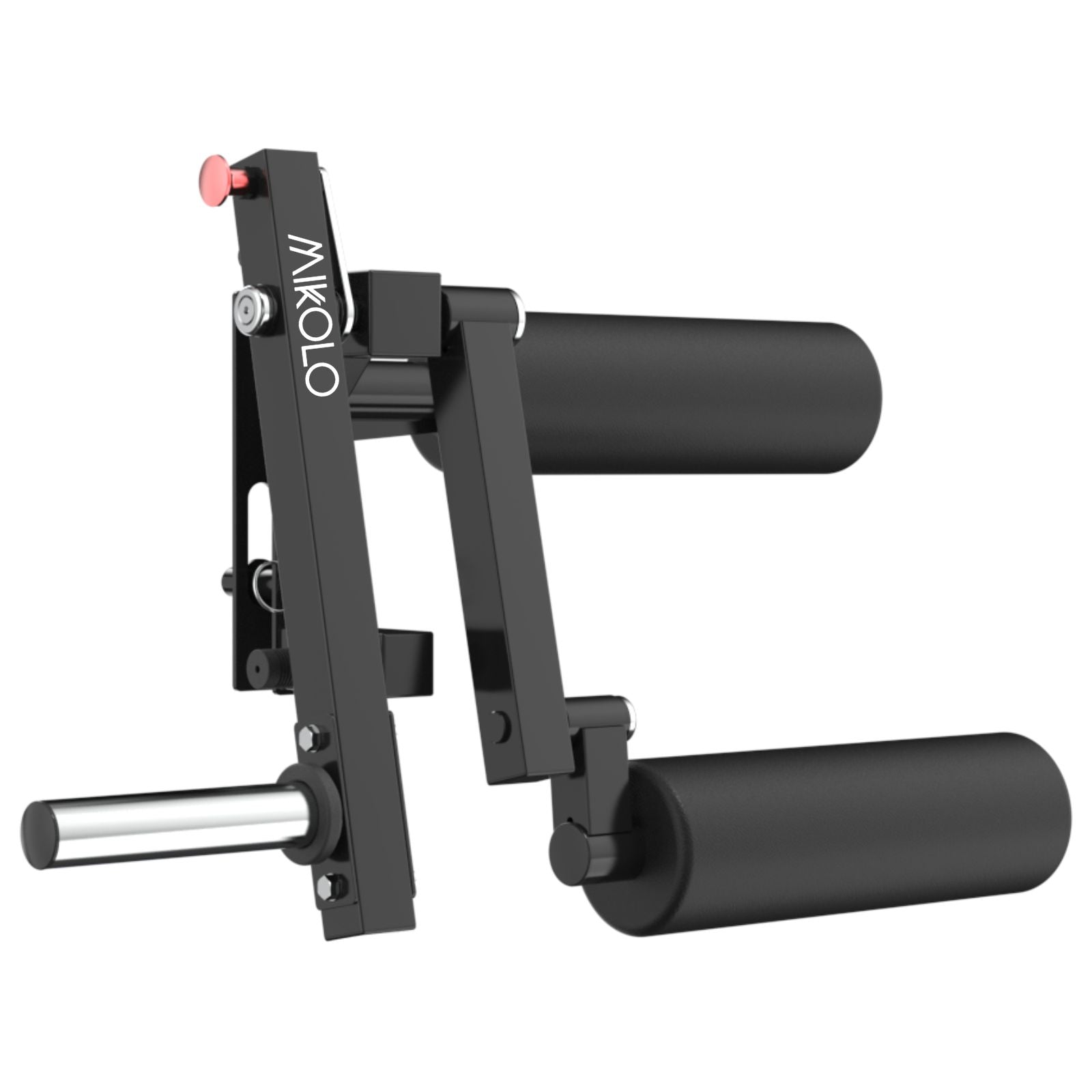















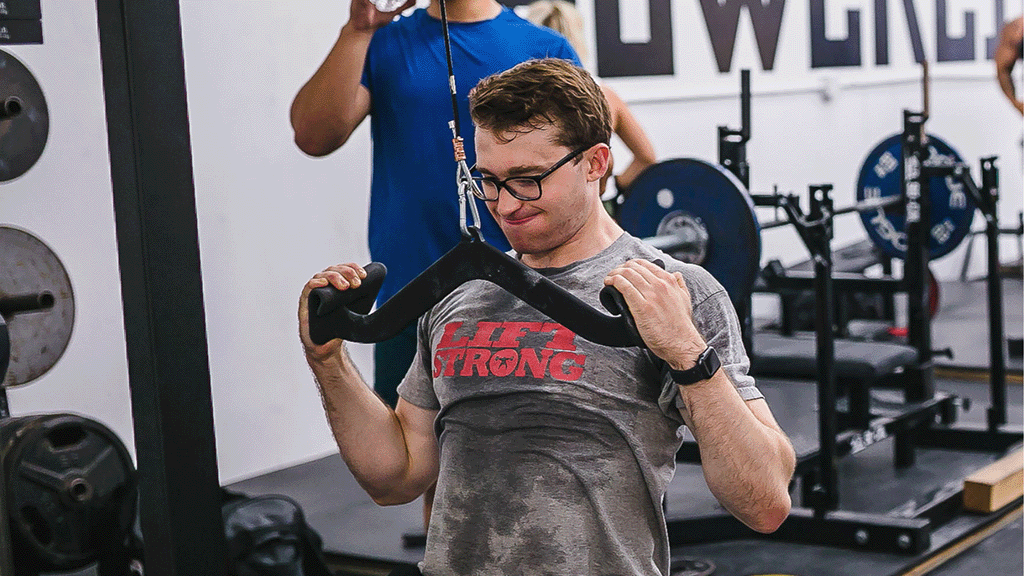

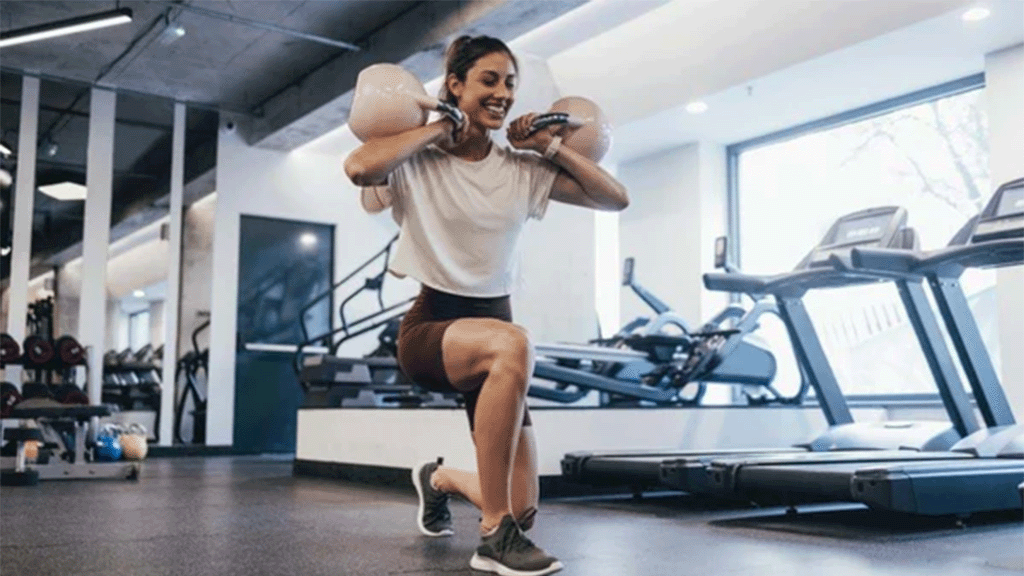
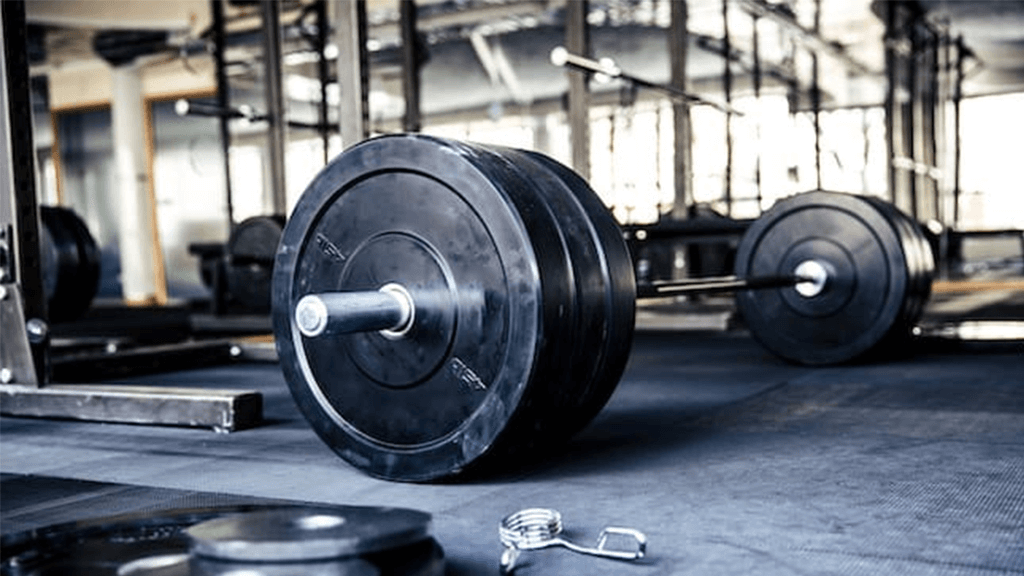
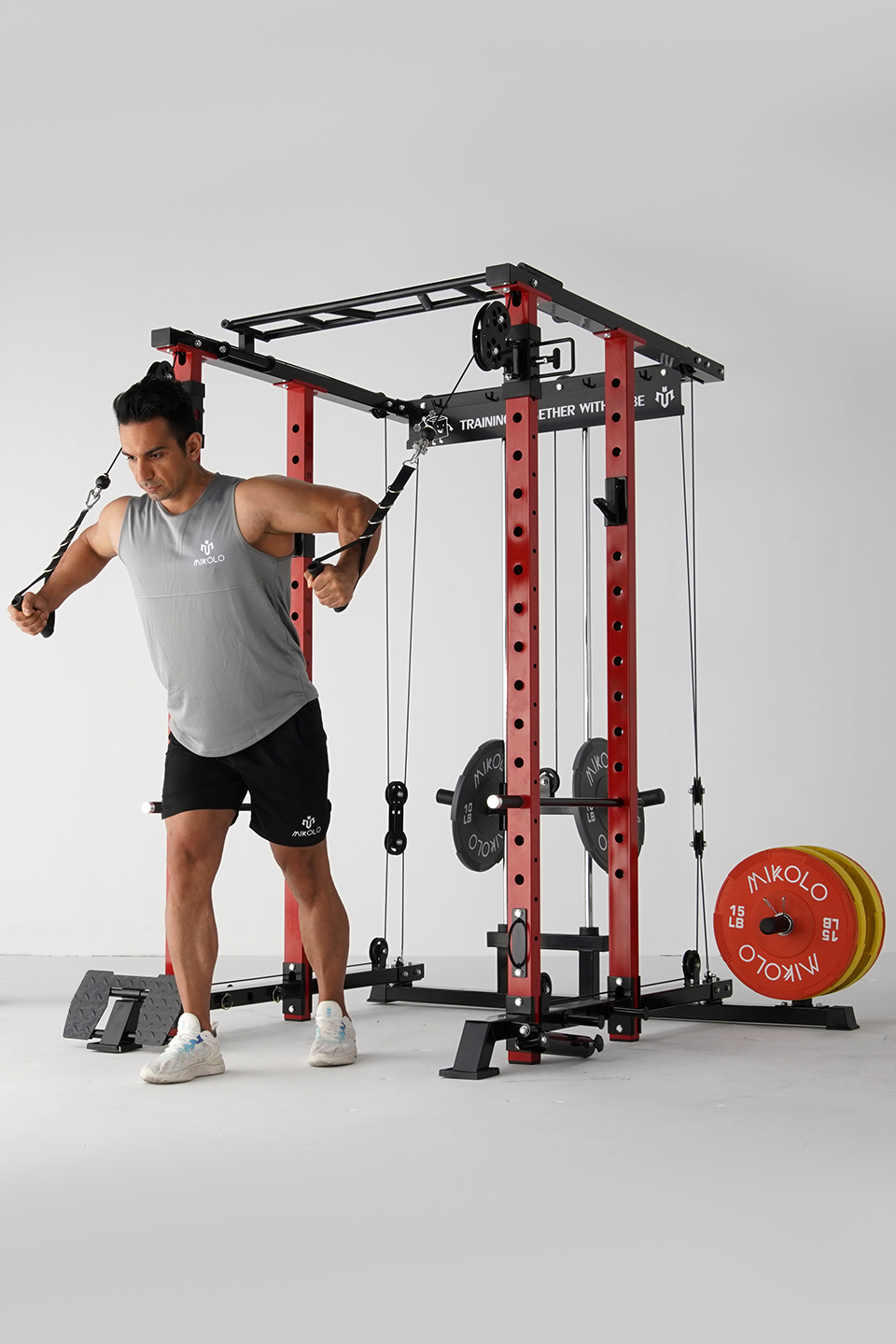
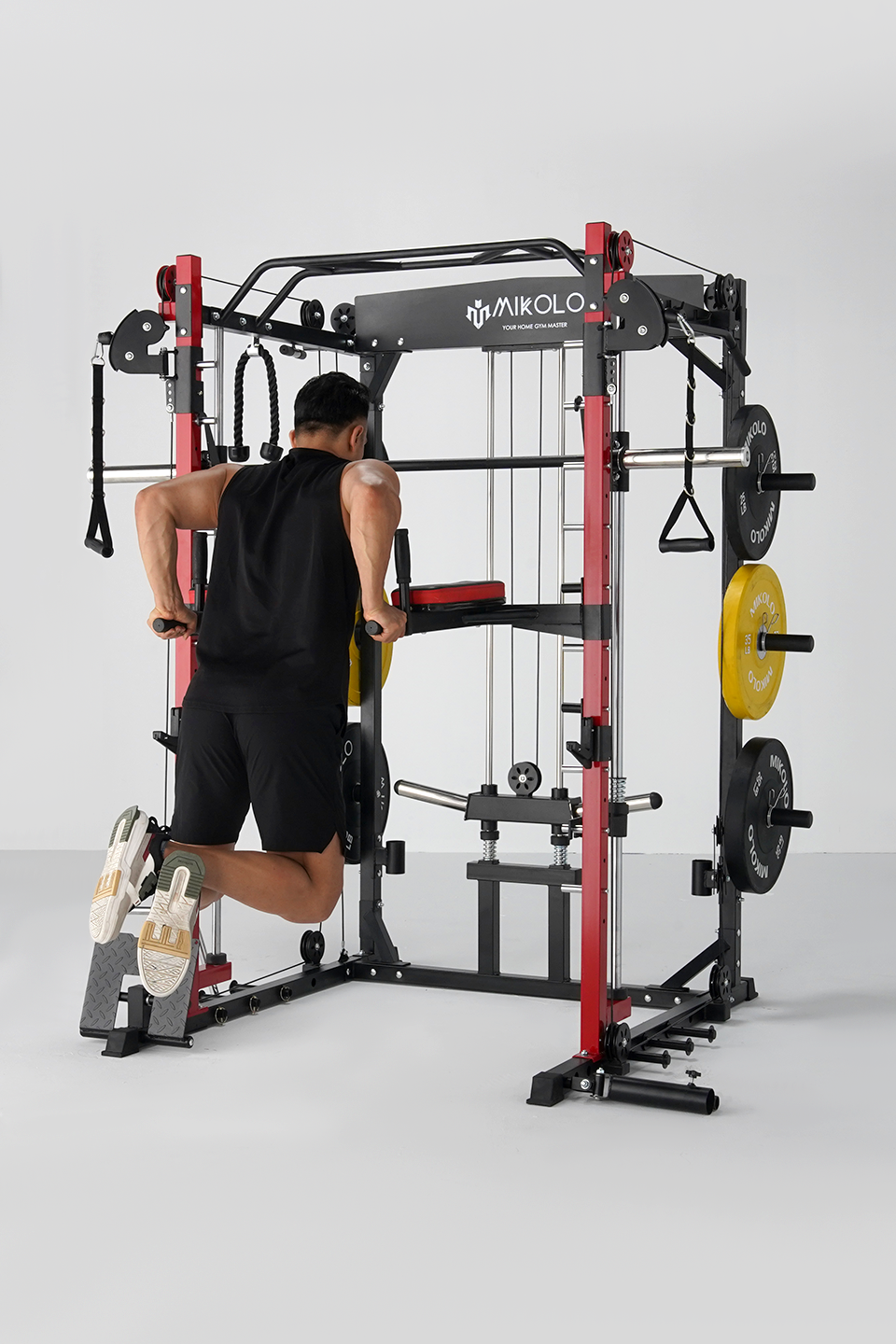


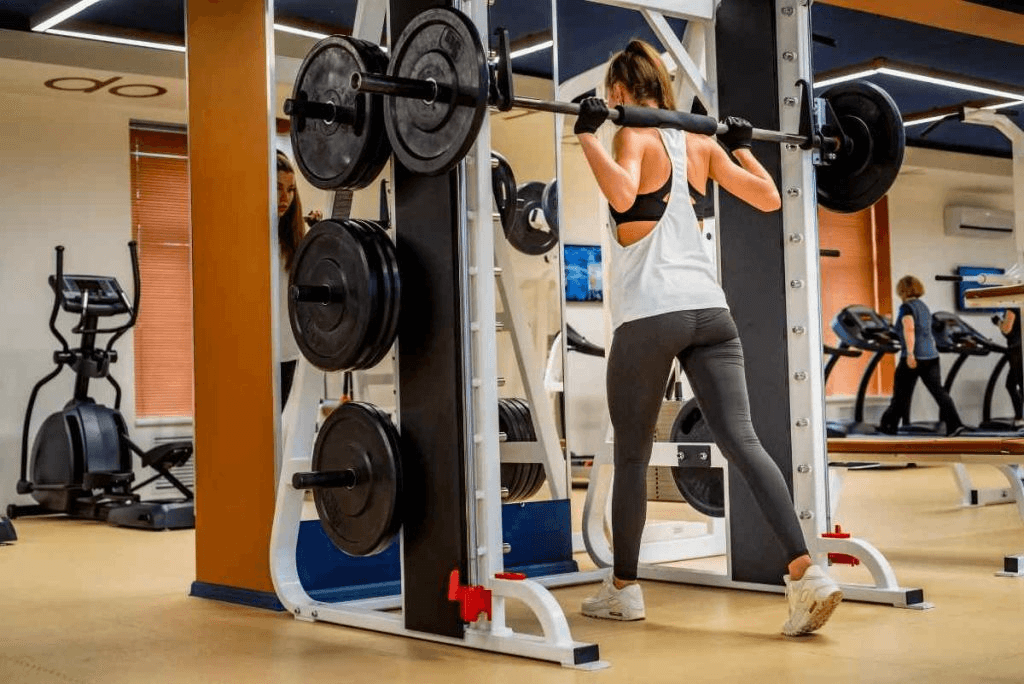
Leave a comment
This site is protected by hCaptcha and the hCaptcha Privacy Policy and Terms of Service apply.